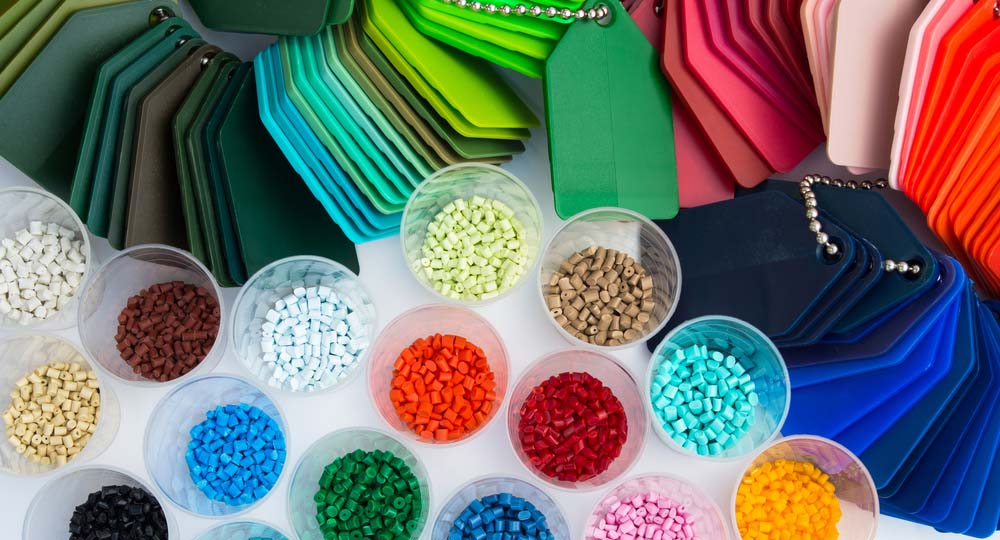ASTM F963 Phthalates Screening Test for Toys
The ASTM F963-17 standard is a comprehensive guide that sets forth requirements, specifications, and tests to ensure the safety of toys. The test for phthalates specifically aims at protecting children's health by ensuring that toys comply with regulatory standards against harmful substances. Phthalates are a group of chemicals used in plasticizers to make materials more flexible. However, certain phthalates can be toxic if ingested or absorbed through skin contact.
The ASTM F963-17 specifies four phthalate esters: di(2-ethylhexyl) phthalate (DEHP), dibutyl phthalate (DBP), benzyl butyl phthalate (BBP), and di(n-butyl) phthalate (DnBP). The test aims to determine if these substances are present in toys above allowable limits. This is crucial because exposure to high levels of certain phthalates can lead to developmental issues, particularly in young children.
The testing process involves several steps, including sample preparation and analysis. Toys must be thoroughly cleaned before testing to ensure that any external residues do not interfere with the results. The test typically uses gas chromatography with mass spectrometry (GC-MS) for accurate detection of phthalates. This method allows for precise quantification, ensuring compliance with international standards.
Compliance is essential in the toy industry to avoid legal issues and maintain consumer trust. Non-compliance can lead to product recalls, damage to brand reputation, and potential health risks. Therefore, thorough testing ensures that toys meet safety requirements set by regulatory bodies like ASTM.
Scope and Methodology
| Method | Details |
|---|---|
| Sample Preparation | Toys are cleaned thoroughly using a mild detergent and distilled water to remove any external residues. Samples are then dried under controlled conditions. |
| Analytical Methodology | The cleaning process is followed by extraction of the sample in a suitable solvent, typically methanol or dichloromethane. The extract is then analyzed using GC-MS for identification and quantification of phthalates. |
| Acceptance Criteria | The test aims to ensure that the levels of DEHP, DBP, BBP, and DnBP do not exceed the limits set by ASTM F963-17. Any detected phthalates must be reported alongside their concentrations. |
Benefits
The ASTM F963 Phthalates Screening Test offers several key benefits to toy manufacturers and retailers:
- Avoids Legal Issues: Compliance with this standard minimizes the risk of product recalls and legal actions.
- Enhances Brand Reputation: Demonstrating adherence to safety standards can significantly enhance a company's reputation and consumer trust.
- Protects Public Health: Ensures that children are not exposed to harmful substances, thereby promoting overall health and well-being.
- Ensures Market Access: Compliance with global safety standards can help toy manufacturers expand into international markets.
Why Choose This Test
Selecting the ASTM F963 Phthalates Screening Test for toys is a strategic decision that ensures product safety and compliance with international standards. Here are some compelling reasons to choose this service:
- International Recognition: The ASTM F963 standard is widely recognized and accepted globally, ensuring consistency in testing across different regions.
- Expertise and Experience: Our laboratory employs highly skilled professionals with extensive experience in conducting this test accurately and efficiently.
- State-of-the-Art Facilities: Equipped with the latest GC-MS technology, our lab offers precise analysis for reliable results.
- Comprehensive Reporting: Detailed reports are provided alongside actionable insights to help manufacturers improve product safety and compliance.





